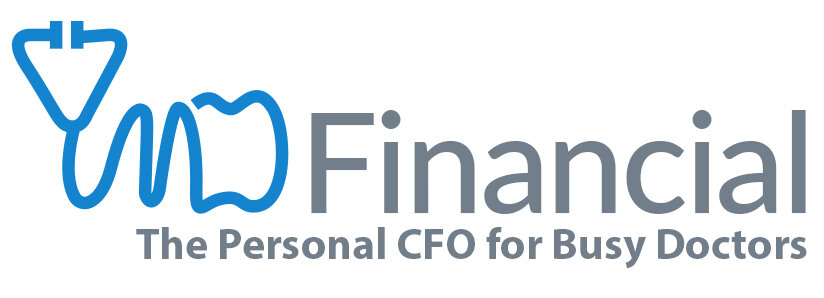As college tuition continues to rise, and high school seniors are approaching college decision day, paying for school is the first thing on many parents’ minds throughout spring. One plan that has been getting a lot of attention lately is called a “529 Plan”.
Essentially, it is a state-sponsored investment plan for parents/grandparents/etc. to contribute after-tax money for a beneficiary to use, tax-free, toward getting their higher education. They are very attractive to doctors, as these plans avoid capital gains tax on earnings contributed and can be passed on to others if funds remain after schooling is done. As with all financial planning, there are a lot of factors to be looked at, especially when comparing 529s to brokerage accounts. Let’s dig into some details:
What is a 529 Plan and what are the advantages?
A state-designated plan that allows anyone to contribute after-tax money to save for college and then, the money can be pulled out tax-free in the future
Every state has a plan; the investment options/funds depend on each state with different fees, different state income tax deductions, etc.
This plan avoids both state and federal capital gains tax on the earnings as long as used at an approved college/university
Covers vocational schools, as well as some international schools
Various plans offer more or less benefits and fees are variable
If total value of fund not used for one child, then can be passed on to subsequent children and even to grandchildren
Can use any state plan, do not need to live in that state, and can be spent at nearly every college, not limited by the fund location
IF you are in a high earning specialty (for example: orthopedic surgery/plastic surgery) AND start saving when your child is young, this plan is usually best for you for the tax savings benefits
What are the downsides?
If your student is applying for financial aid, all of the 529 goes to the college. Comparatively, a brokerage account only requires a portion of account to go directly to a college
The quality of the investment options within the plan vary significantly from state to state
Each state has different funds, fees, and tax advantages
Significant tax penalties if money is taken out and not used for college expenses, a non-liquid investment strategy
529 funds usually are less robust returns than brokerage accounts.
How much should you contribute?
Perform a College Funding Analysis with your financial advisor
We recommend saving for 50% of the college fees, to ensure you have enough to retire. The remainder comes from the cashflow, student working, loans, etc.
Our determination of how to calculate this 50% is based on local state universities (or if parents have specific educational goals) as inflation of college tuition is over 7.5% per year
Think of college as an investment, a great education that can be used to support themselves and then ask yourself if it’s worth it
Remember to talk with your financial advisor about what 529 Plan is right for you. MD Financial is more than happy to go through all the funds available and rank your options based on your particular circumstances.
You can also check out the posting here, featured on Brown Emergency Medicine, or on iTunes.
CONTACT US
1-888-256-6855
Katherine Vessenes, JD, CFP®, is the founder and CEO of MD Financial Advisors who serve 500 doctors from Hawaii to Cape Cod. An award-winning Financial Advisor, Attorney, Certified Financial Planner®, author and speaker, she is devoted to bringing ethical advice to physicians and dentists. She can be reached at Katherine@mdfinancialadvisors.com.

![529 Plans for Doctors [Podcast]](https://images.squarespace-cdn.com/content/v1/561feb4ee4b0de0eb30d6d3c/1586459925073-V3ICG0VD1Z21RN4RKQJA/micheile-henderson-SoT4-mZhyhE-unsplash.jpg)